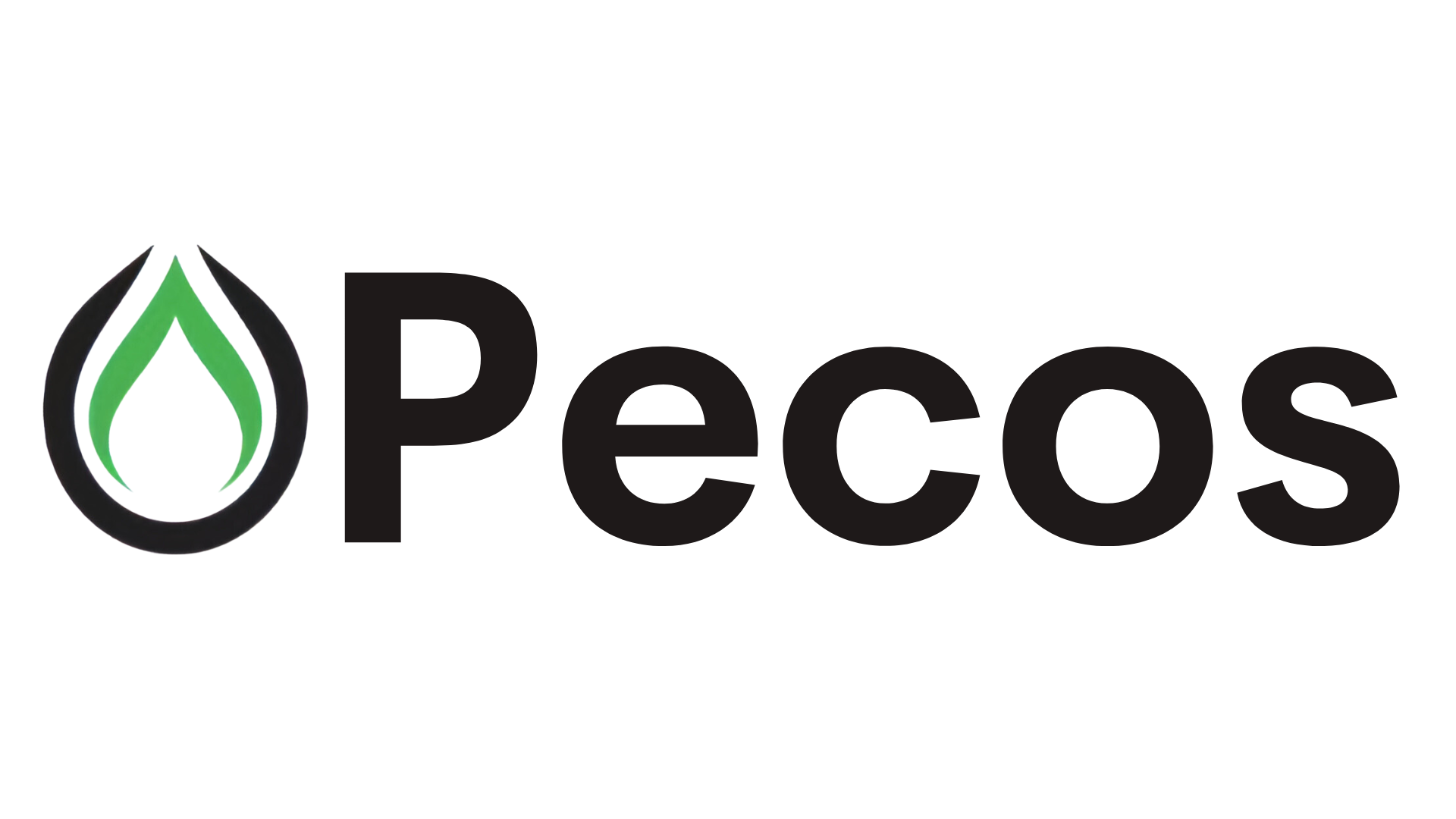Energy News Beat
ENB Pub Note: Great update on Golar LNG. I am adding the information about Argentina’s natural gas and LNG production in the pub note.
-
Total Production: In 2024, Argentina’s natural gas production reached a 21-year high, with a peak of 153 million cubic meters per day (Mm³/d) in August, equivalent to approximately 5.4 billion cubic feet per day (Bcf/d).
-
Vaca Muerta Contribution: The Vaca Muerta shale and tight gas play in the Neuquén Basin is the primary driver of this growth. By December 2018, Vaca Muerta’s production surpassed 1.0 Bcf/d, accounting for about 23% of Argentina’s total gross natural gas production. In January 2022, Vaca Muerta’s unconventional production hit 69 Mm³/d (2.4 Bcf/d), representing a significant portion of the national output.
-
Key Producers: Major companies include YPF (state-run, producing 15.9 Mm³/d in January 2022), Pampa Energía (targeting 11.4 Mm³/d in 2022), and others like Pan American Energy and Tecpetrol.
-
Growth Trends: Production has risen steadily due to increased investment in Vaca Muerta, supported by government policies like Plan Gas.Ar and the Promotional Regime for Large Investment (RIGI), which offer tax and currency exchange incentives. Overall natural gas production in January 2022 was 130 Mm³/d, up 12% year-over-year, with shale gas output rising 40%.
-
Current LNG Production: Argentina’s LNG production is in its early stages but growing. The country began exporting LNG in 2019 with the Tango Floating Liquefaction Unit (FLNG) at Bahía Blanca, which has a capacity of 500,000 metric tons per year (Mtpa), or approximately 0.07 Bcf/d, producing up to eight LNG cargoes annually. The first export cargo was shipped on June 6, 2019, generating over $200 million annually, about 10% of YPF’s fuel and energy export revenue.
-
Planned LNG Projects:
-
Argentina LNG Project (YPF and Petronas): This large-scale project aims to develop Vaca Muerta’s resources for global markets, with a site selected in Río Negro in August 2024. It includes:
-
Phase 1: Two floating liquefier units, each with 5 Mtpa capacity, totaling 10 Mtpa.
-
Future Phases: A 10 Mtpa onshore modular liquefaction plant, with a potential total capacity of 30.2 Mtpa across three production trains. The final investment decision is expected in 2025, with the project valued at $50 billion and involving partnerships with Shell (signed December 2024).
-
-
Golar-Pan American FLNG: A 20-year agreement with Golar LNG and Pan American Energy to deploy an FLNG vessel by 2027, targeting 2.45 Mtpa. In April 2025, Southern Energy (including PAE, YPF, Pampa Energía, Harbour Energy, and Golar) received a 30-year export permit for up to 8 Mtpa (6 Mtpa contracted), with a final investment decision imminent.
-
TGS Puerto Galván: A planned 4 Mtpa project in Bahía Blanca.
-
Tecpetrol SA: Designing a modular onshore plant with an initial capacity of 4 Mtpa.
-
-
Export Developments: Argentina has signed agreements to boost LNG exports, including a memorandum with Indian firms (ONGC, GAIL, ONGC Videsh) in January 2025 for up to 10 Mtpa and discussions with Israel, South Korea, and Japan. The goal is to generate $30 billion in revenue over 10 years, with exports of over 25 Mtpa by the mid-2030s, potentially making Argentina South America’s largest LNG exporter.
-
Pipelines: The Perito Francisco Pascasio Moreno (formerly Néstor Kirchner) gas pipeline, operational since 2023, transports 0.7 Bcf/d from Vaca Muerta to Santa Fe and Buenos Aires, with a planned second phase to expand to 1.2 Bcf/d by 2028. Additional pipelines are planned for the Argentina LNG project to supply coastal terminals.
-
Export Infrastructure: Argentina has reversed pipelines to export gas to Brazil and increased pipeline exports to Chile (0.25 Bcf/d in 2024, up 14%) and Uruguay. LNG exports leverage ports like Bahía Blanca and planned facilities in Río Negro.
-
Policy Support: The Plan Gas IV Program introduced four-year export contracts, and the LNG Operators Registry (created 2021) regulates the production chain, with export permits up to 20 years.
-
LNG Imports: Argentina historically imported LNG to meet winter demand (June–August) due to limited storage capacity. In the first nine months of 2024, LNG imports dropped 43% to 0.2 Bcf/d from 0.35 Bcf/d in 2023, and pipeline imports fell 47%, largely due to the end of Bolivian imports in September 2024 and increased domestic production.
-
Energy Mix: Natural gas accounts for 55% of Argentina’s primary energy mix and 65% of power generation, underscoring its critical role in the economy.
-
Economic Risks: High capital costs (e.g., $50 billion for Argentina LNG) and competition with established exporters like the U.S., Qatar, and Australia.
-
Environmental Concerns: LNG’s energy-intensive liquefaction and transport processes increase its carbon footprint, conflicting with global climate commitments. Critics argue gas is not a true transition fuel, as it locks in fossil fuel infrastructure.
-
Market Volatility: Global LNG demand grew 3.9% annually over the past five years, but long-term demand is uncertain as renewables expand.
-
Natural Gas: Argentina produces 5.4 Bcf/d (153 Mm³/d), with Vaca Muerta contributing significantly (2.4 Bcf/d in 2022). Production is rising due to shale development and government incentives.
-
LNG: Current production is modest at 0.5 Mtpa via Tango FLNG, but planned projects (Argentina LNG, Golar-Pan American, TGS, Tecpetrol) aim for 20–30 Mtpa by the 2030s, with exports targeting Asia, Europe, and Latin America.
-
Future Potential: With $50 billion in investments and infrastructure like pipelines and FLNG units, Argentina could export 25 Mtpa of LNG, generating $16–30 billion annually, though economic and environmental risks remain.
On Friday, Golar LNG announced the decision and fulfillment of all conditions precedent for the 20-year re-deployment charter of the FLNG Hilli Episeyo, first announced in July 2024.
The vessel will be chartered to Southern Energy (SESA), offshore Argentina.
SESA’s shareholders comprise Pan American Energy (30 percent), YPF (25 percent), Pampa Energia (20 percent), Harbour Energy (15 percent), and Golar LNG (10 percent).
In addition, Golar and SESA have signed definitive agreements for a 20-year charter for the MKII FLNG, currently under conversion at CIMC Raffles shipyard in Yantai, China.
According to Golar, the MKII FLNG charter remains subject to FID and the same regulatory approvals as granted to the FLNG Hilli project, expected within 2025.
The FLNGs will be located in close proximity of each other, offshore in the Gulf of San Matias Gulf in the province of Rio Negro, Argentina.
The vessels will monetize gas from the Vaca Muerta formation, the world’s second-largest shale gas resource, located onshore in the province of Neuquen, Argentina.
FLNG Hilli will initially utilize spare volumes from the existing pipeline network.
Also, SESA intends to facilitate for a dedicated pipeline to be constructed from Vaca Muerta to the Gulf of San Matias to serve gas supply to the FLNGs.
The project expects to benefit from significant operational efficiencies and synergies from two FLNGs in the same area.
Golar also noted that the four Argentine gas producers have committed to supply their pro-rata share of natural gas to the FLNGs under gas sales agreements (GSA) at a fixed price per MMBtu before adjustments.
Golar’s 10 percent shareholding in SESA provides additional commodity exposure.
The company said the project has received the full support of the national and provincial governments in Argentina that granted all necessary approvals.
These include the first ever unrestricted 30-year LNG export authorization in Argentina; qualification for the incentive regime for farge investments (RIGI); and provincial approval by the province of Río Negro for the offshore and onshore environmental impact assessments for FLNG Hilli.
Golar also provided commercial terms for the respective 20-year charter agreements.
FLNG Hilli, with a nameplate capacity of 2.45 mtpa, is expected to start its contract in 2027.
Net charter hire to Golar for the FLNG is $285 million per year, plus a commodity-linked tariff component of 25 percent of free on board (FOB) prices in excess of $8/MMBtu.
Moreover, the MKII FLNG, with a nameplate capacity of 3.5 mtpa, is expected to start its contract in 2028.
Net charter hire to Golar for this FLNG is $400 million per year, plus a commodity-linked tariff component of 25 percent of free on board (FOB) prices in excess of $8/MMBtu.
The two FLNG agreements are expected to add $13.7 billion in earnings backlog to Golar over 20 years, before adjustments (based on US-CPI) to the charter hire and before commodity-linked tariff upside.
For every $1/MMbtu above the US$ 8/mmbtu, the total upside for Golar will be about $100 million when both FLNGs are in operation.
Subject to a three-year notice and payment of a fee, SESA may reduce the term of the agreement to 12 years for the FLNG Hilli and to 15 years for the MKII FLNG, according to Golar.
Moreover, the commodity-linked tariff component is upside-oriented.
Golar will make 25 percent of realized FOB prices above a threshold of $ 8/MMBtu, with no cap to the upside for gas prices.
The company also agreed to a mechanism where the charter hire can be partially reduced for FOB prices below $7.5/MMBtu down to a floor of $6/MMBtu.
Under this mechanism, the maximum accumulated discount over the life of both contracts has a cap of $210 million, and any outstanding discounted charter hire amounts will be repaid through an additional upside sharing if FOB prices return to levels above $7.5/MMBtu, according to Golar.
“Golar is excited to partner with the leading gas producers in Argentina in establishing the country as an LNG exporter. The vast resources of the Vaca Muerta formation will provide the LNG market with a reliable long-term source of attractive LNG supplies, and a significant contribution to Argentina,” Golar’s CEO, Karl Fredrik Staubo said.
We give you energy news and help invest in energy projects too, click here to learn more
Crude Oil, LNG, Jet Fuel price quote
ENB Top News
ENB
Energy Dashboard
ENB Podcast
ENB Substack
The post PAE, Golar, and partners take FID on Argentina FLNG project appeared first on Energy News Beat.









